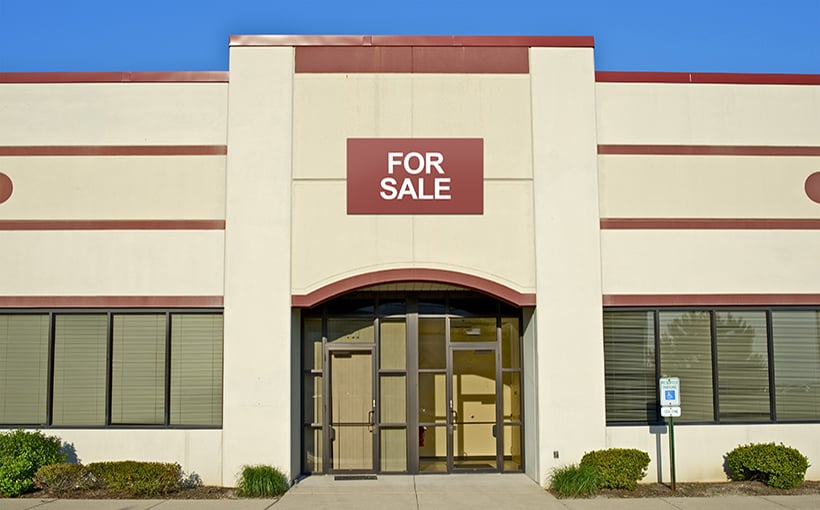This article is part of a five-part series focusing on the commercial real estate retail sector. The first three articles, titled “Understanding the Retail Sector: Past and Present,” “Retail Economics: Supply, Demand and Consumer Spending,” and “The Top-Performing Retail Spaces” are now available.
According to the recently released Gross Domestic Product (GDP) report, there was a 2.8% increase in Q2 2024. This growth was primarily driven by consumer spending, inventory investment, and business investment.
With continued consumer spending driving its success, experts in the field have declared retail space as one of the most sought-after investments in real estate.
Dave Cheatham from X Team Retail Advisors and Velocity Real Estate Group stated that just five years ago there were concerns about a potential retail apocalypse but those predictions proved to be incorrect as retailers have shown resilience despite challenges they faced.
But why is retail such an attractive option for investors? According to JLL’s Q1 2024 report on U.S. retail activity , although there has been some hesitation due to higher interest rates affecting capital markets transactions sizes are decreasing slightly – it remains one of top-performing asset types for investment purposes.
Cushman & Wakefield’s Q2 U.S Shopping Center Report also highlights that leasing opportunities remain tight within this market due largely in part because of strong demand from diverse tenants coupled with minimal new construction projects which will continue into at least through next year according their analysis .
Chris Wilson from JLL noted that rent increases can only be seen within certain areas across country while other asset classes face more challenging conditions; multifamily housing may be overbuilt some regions whereas industrial properties experiencing downward pressure rents elsewhere .
Despite regional mall closures causing disruption among enclosed malls nationwide many investors still see value investing open-air centers thanks largely because these locations tend offer stability when compared against other options currently available .
However not all forms or types fall under same category when it comes to retail investments. Wilson explained that investors tend favor suburban and luxury spaces for their portfolios while Melissa McDonald from The Providence Group mentioned a growing trend of shying away from power center retail due lack creditworthy tenants available backfill vacancies; instead most are focusing on multi-tenant strips or grocery-anchored centers.
Robert Myers, President of Phillips Edison, also noted the fragmented ownership structure within grocery-anchored properties with over 60% owned by private real estate companies or individuals. As a result, they often reach out directly to owners in order stay top-of-mind when these assets become available for sale.
Pricing and capital remain key factors in determining investment opportunities within the retail sector as well. Rhiana Lindsey from Primestor pointed out that there is currently a significant difference between pricing for grocery-anchored versus non-grocery anchored properties – with debt pricing varying up to 200 basis points between them .
James Chung , Founder and Principal at Economic Company agreed stating there is still plenty dry powder waiting right opportunity but limited inventory desired product types such as those found among shopping centers anchored by major grocers .
Despite this competition remains fierce among investors seeking perfect space which has led some non-retail organizations into market according Darrell Palasciano Broker at The Providence Group who believes we’ll see more players enter this field near future thanks largely because consumers continue flocking towards traditional brick-and-mortar stores rather than solely relying online purchases .
Looking ahead experts anticipate continued growth within sector muted construction coupled ongoing consumer spending will likely attract even more interest moving forward . Chung added he expects lending behavior calm down while private capital leads charge over institutional investors who may be less inclined take risks during uncertain times like these .
As long as consumers continue to prioritize in-person shopping experiences, experiential retail spaces such as food, entertainment and community areas will also remain popular options for investment. According to Lindsay from Primestor, retail spaces that combine these elements with prime locations in densely populated areas with easy access to transportation will be the most desirable.
In conclusion, despite some challenges and changes within the retail sector, it remains a strong and attractive investment option for many investors. With its stability and potential for growth, experts believe that retail will continue to thrive in the near future.




